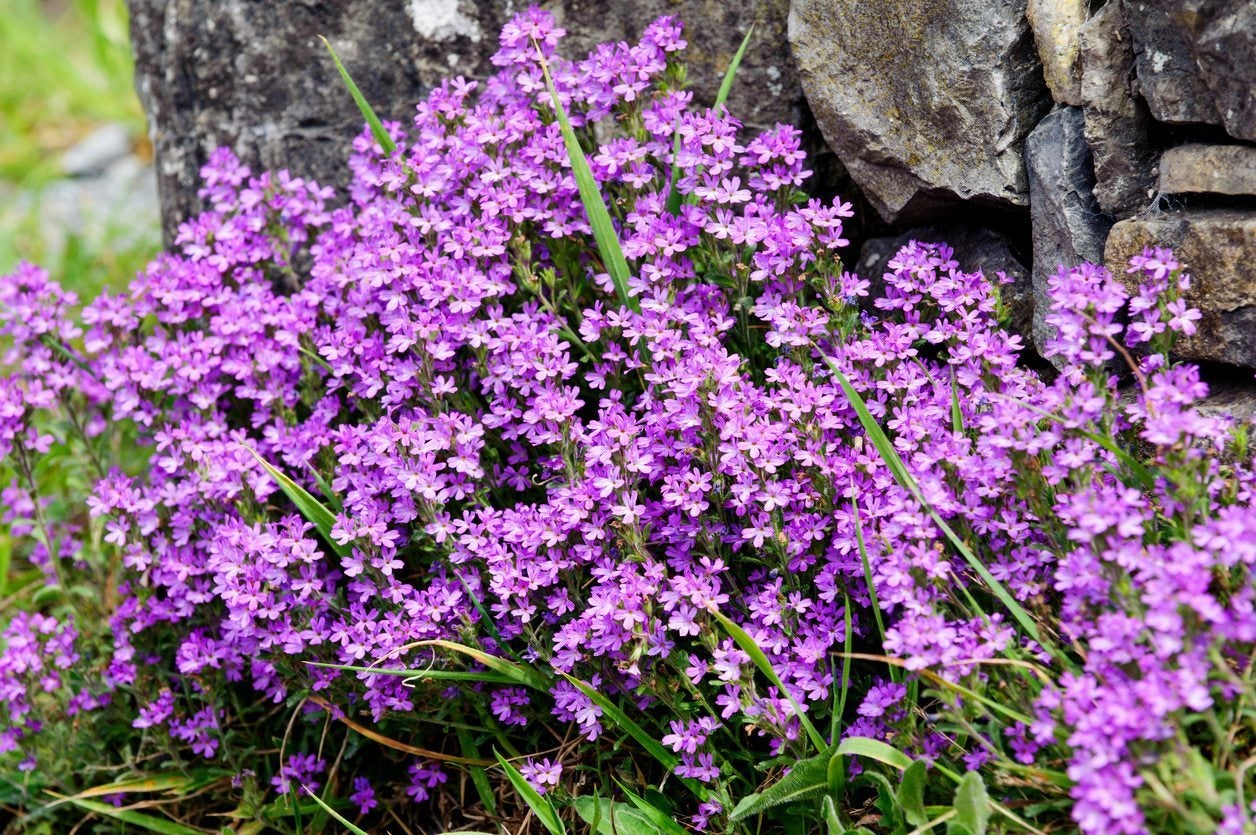Fairy Foxglove Information: Tips For Fairy Foxglove Care


Fairy foxglove is in the genus Erinus. What is fairy foxglove? It is a sweet little alpine plant native to central and southern Europe that adds charm to the rockery or perennial garden. The plant is adaptable to either full sun or partial shade. Fairy foxglove care is a breeze, making it a versatile and easy plant for the landscape. Read on for more information on how to grow fairy foxglove plants.
Fairy Foxglove Information
Erinus alpinus is a low growing plant that spreads slowly, making a carpet of delicate little flowers and long, narrow leaves. It is also known as starflower or alpine balsam. Fairy foxglove experts state that it is a short lived perennial, but it can reseed itself or be propagated by rooting the rosettes. Try growing fairy foxglove plants in your alpine garden and enjoy their pleasant ease-of-care nature and cheery blooms. In cooler regions, it is deciduous but can be evergreen in the warmer ranges. Fairy foxglove is useful in gardens in USDA zones 4 to 9, making it a long range plant with plenty of applications across the nation. Fairy foxglove is not a true foxglove - those native plants are in the genus Digitalis and grow rampantly in forests and clearings across the northern half of the United States and into Canada. Plants grow 6 inches (15 cm.) high and have a similar spread when mature. Blooms are most often pink but may also be lavender or white. Bloom time varies from region to region and species to species. Some bloom in late winter but most often flowers start to appear in late spring to early summer and last until the middle of that season.
How to Grow Fairy Foxglove
These plants are clump forming and can become a tangle of flowers and stems when mature. They will grow in almost any soil situation and light, but form more blooms in full sun. It can take anywhere from 2 to 5 years for plants to fully mature and achieve their maximum size and height. They can be propagated from seed but this often does not produce true plants. A quicker method and more sure way of getting plants true to the parent is from cuttings. Take cuttings in spring and plant immediately. Growing fairy foxglove plants as part of an alpine garden or rockery provides a low maintenance option that is fairly disease and pest free. You can even plant this stoic plant in paving cracks where it will send out its colorful blooms and decorate even the most aged and decrepit space.
Fairy Foxglove Care
These small plants need no pruning and little extra maintenance. Soil should be well drained and even a bit gritty. Fairy foxglove will grow in fairly inhospitable soil such as that which is rocky and usually barren. Provide average water, especially as plants establish. Once mature, they can tolerate brief periods of drought. In spring, you can also divide the plants every 3 years. This will increase your stock of plants and will encourage blooming.
Gardening tips, videos, info and more delivered right to your inbox!
Sign up for the Gardening Know How newsletter today and receive a free copy of our e-book "How to Grow Delicious Tomatoes".

Bonnie Grant is a professional landscaper with a Certification in Urban Gardening. She has been gardening and writing for 15 years. A former professional chef, she has a passion for edible landscaping.
-
 Moody Blooms For Spring: 8 Types Of Black Flowers To Add Drama To Spring Displays
Moody Blooms For Spring: 8 Types Of Black Flowers To Add Drama To Spring DisplaysFrom midnight burgundies to inky violets, several types of black flowers can enrich and embolden a spring display. Try these brooding bloomers for a moody garden
By Tonya Barnett
-
 My Homemade Orchid Fertilizer Always Brings More Blooms – Here's The Easy Recipe That Transforms Plants
My Homemade Orchid Fertilizer Always Brings More Blooms – Here's The Easy Recipe That Transforms PlantsScientist-turned-gardener Mary Ellen Ellis shares her tried-and-tested DIY orchid fertilizer recipe, plus more ingredients to try for healthy, happy plants.
By Mary Ellen Ellis